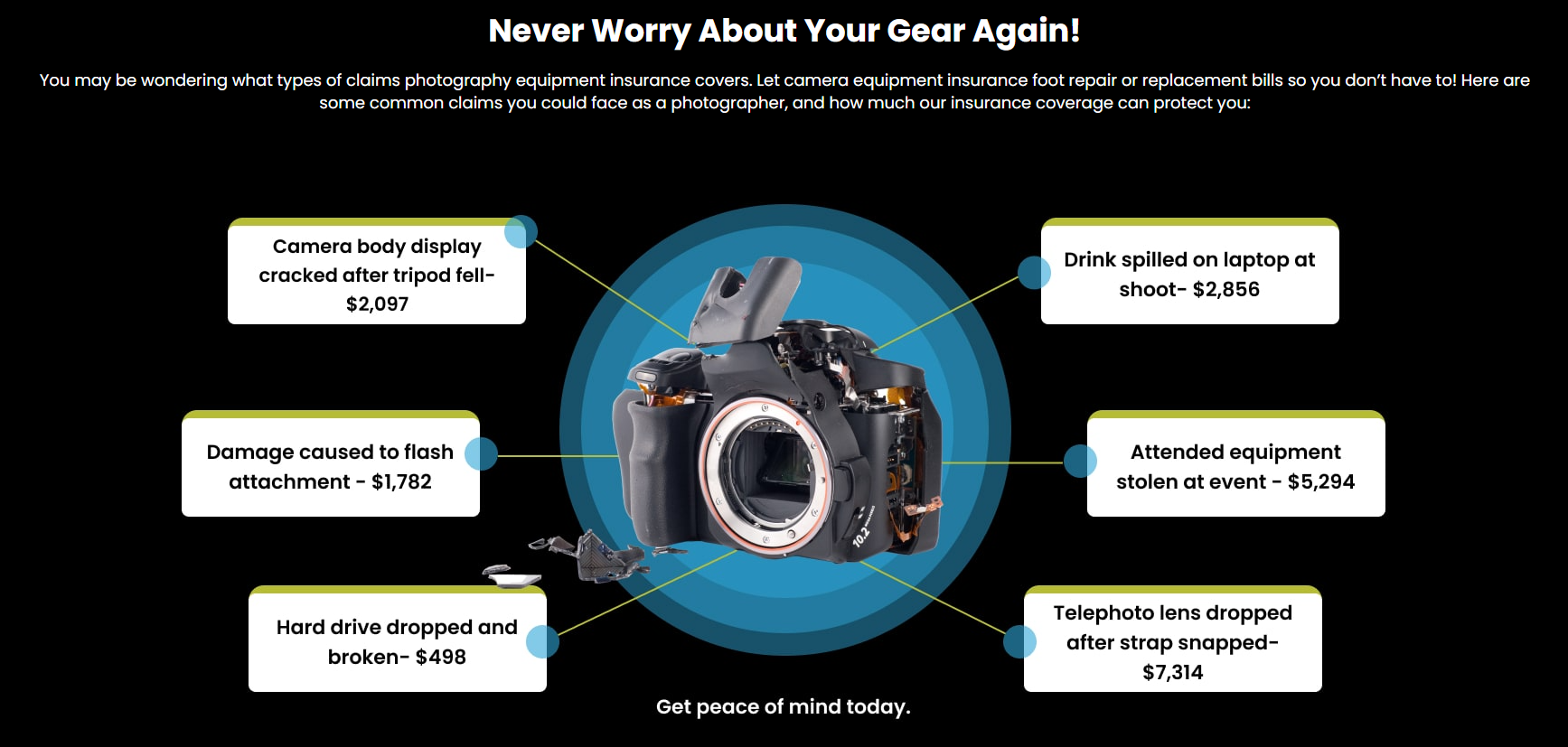
Hey pros! Listen up! Our photography insurance program is designed to be there when photographers really need it! We’re giving you more than the competition can in different ways! Here’s a little-known fact: the warranty of your camera or lens doesn’t necessarily cover what happens to it in case of dust, inclement weather, etc. That’s why we created the Photography Care Program, in collaboration with Full Frame Insurance. Dust affects your camera and lens performance more than you think, and unless you’re constantly cleaning the lens contacts, your autofocus performance could end up pretty wonky. But just in case something happens, you can ensure your camera gear is always covered.
The Phoblographer has been doing practical durability tests with cameras and lenses for years. And we know that sometimes the manufacturers won’t cover things in their warranties. So we wanted to provide a way to help photographers.
For years, we’ve understood the challenges you, as a photographer, face when it comes to protecting your equipment, which is often your livelihood. Despite the countless hours of preparation and dedication, accidents can still happen, and warranties don’t always provide the coverage needed to bounce back from unexpected mishaps. That’s why we’ve joined forces with Full Frame Insurance to offer photographers across the United States a comprehensive solution for safeguarding their gear and business.
The Best Photography Insurance: What is the Photography Care Program?
The Photography Care Program is more than just an insurance policy – it’s specifically made to give photographers peace of mind. Whether you’re a freelance photographer, a multimedia journalist, or a passionate hobbyist, our program is tailored to meet your unique needs. From protecting your equipment against damage and theft to providing liability coverage for on-set accidents, we’ve got you covered every step of the way.
Why Choose the Photography Care Program?
- Versatile Coverage: From professional photographers who need General Liability coverage for a shoot to hobbyists, our program is designed to protect photographers of all types.
- Nationwide Protection: We offer general liability and Camera Equipment Coverage in all 50 states.
- Quick and Easy Process: Getting coverage is a snap – it can be completed in a matter of minutes.
- Theft Protection: Whether your gear is stolen on-site or off-site, we’re here to provide the protection you need to keep your business running smoothly.
- Transparent Support: Full Frame Insurance is dedicated to customer service, offering a guide with advice to navigate the claims process and dedicated customer service reps to help you find the answers you need.
Don’t wait until disaster strikes – join the Photography Care Program today and experience the peace of mind that comes with knowing your passion, and most importantly your equipment, is protected. Whether you’re shooting on location or in the comfort of your own studio, our partnership with Full Frame Insurance ensures that you can focus on capturing moments without worrying about what might go wrong.
Ready to get started? Click the link below to learn more and sign up for Photography Care today!
Here’s to capturing moments, preserving memories, and embracing the journey ahead – together.

